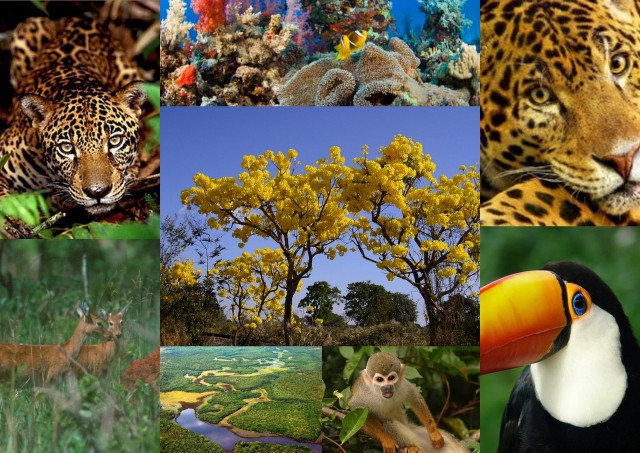"Amazonian Biodiversity"The world's largest rainforest is located in Brazil!
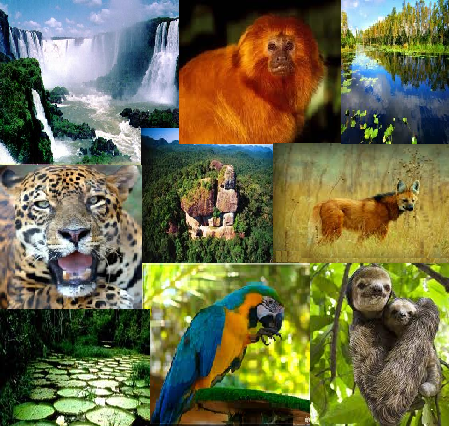
The Amazon is now in a transition that has already occurred in almost all other habitable regions of the planet. Human activity sustained by the exploitation of native fauna and flora is being replaced by a competitive agricultural and industrial economy based on the exploitation of domesticated species of plants and animals and the large-scale use of non-biological natural resources.
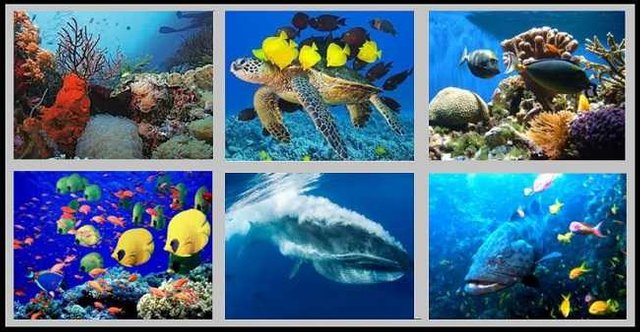
As the size of the Amazonian population increases and the proportion of the Amazon population increases in the agricultural and industrial society, the pressure to replace the native biota areas with anthropized landscapes increases. In the Amazon there are concrete possibilities of loss of biodiversity, disappearance of human cultures, and drastic changes in the flows of matter and energy in ecosystems.
.jpg)
The geographical, technological, and health constraints that previously hampered settlements in the region are largely overcome. The intrinsic advantages of the Amazon for agriculture, livestock, logging and forest plantations, mineral extraction, energy projects, tourism, infrastructure, and others are highlighted. However, the conservation benefits of the Amazon are equally substantial.

The fact that the conservation of the region has been a consequence of several obstacles to human presence, and not a deliberate preservationist effort, does not diminish its importance. Together with the neighboring biomes of the Andes, Cerrado and Atlantic Forest, the Amazon is the center of the Earth's most biodiverse region. Unfortunately, both the Atlantic Forest and the Cerrado and the Tropical Andes are already classified as endangered biomes or "Hotspots ", Devastated in a proportion greater than 70%. Therefore, the preservation of the Amazon has a global impact that goes beyond its borders.
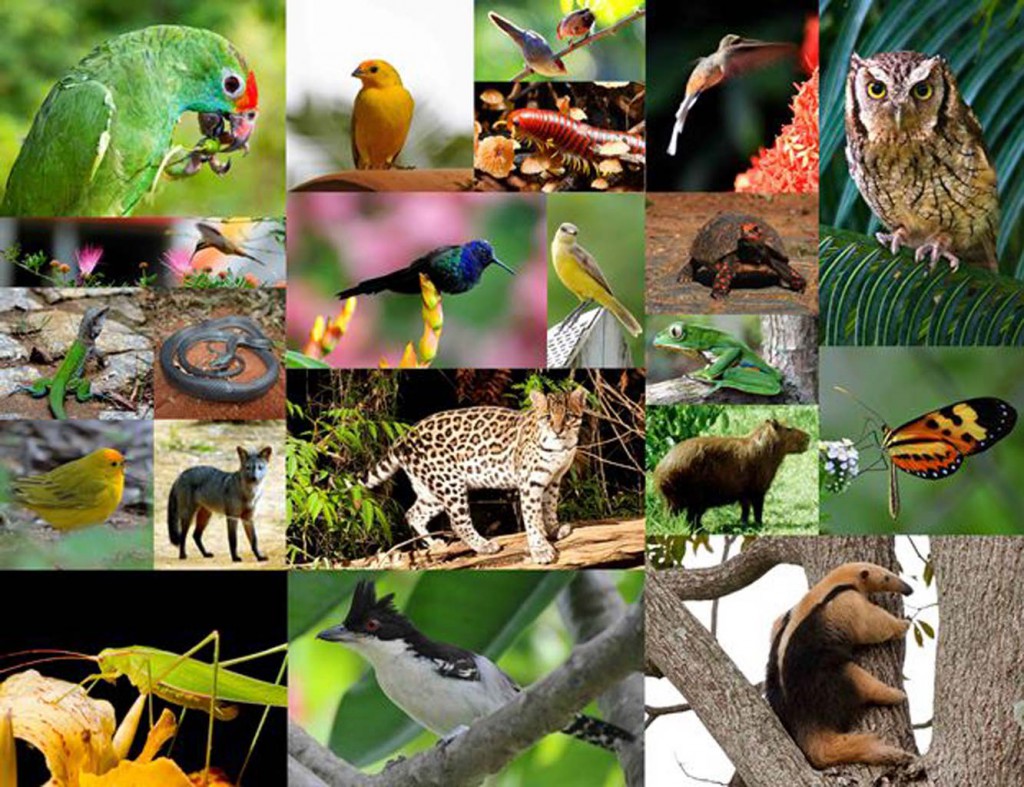
Within this framework of transformation, almost none of the projects for the development of the Amazon gives due attention to conservation. There are popular and media campaigns against the devastation of the biome, but there is no general conservation strategy embedded in the proposals for the agricultural, industrial and infrastructure development of the Amazon. PUBLICITY Government projects treat investment in environmental conservation as a subordinate component of a mitigating and compensatory nature to the activities of human occupation in the region, while conservation should be the object of an own plan of level equal or superior to those of infra- structure and economic activities.
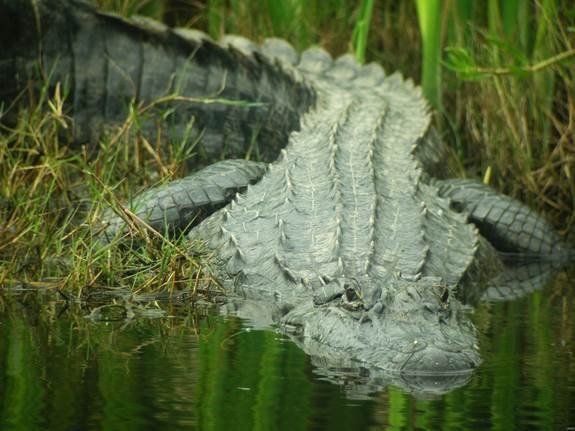
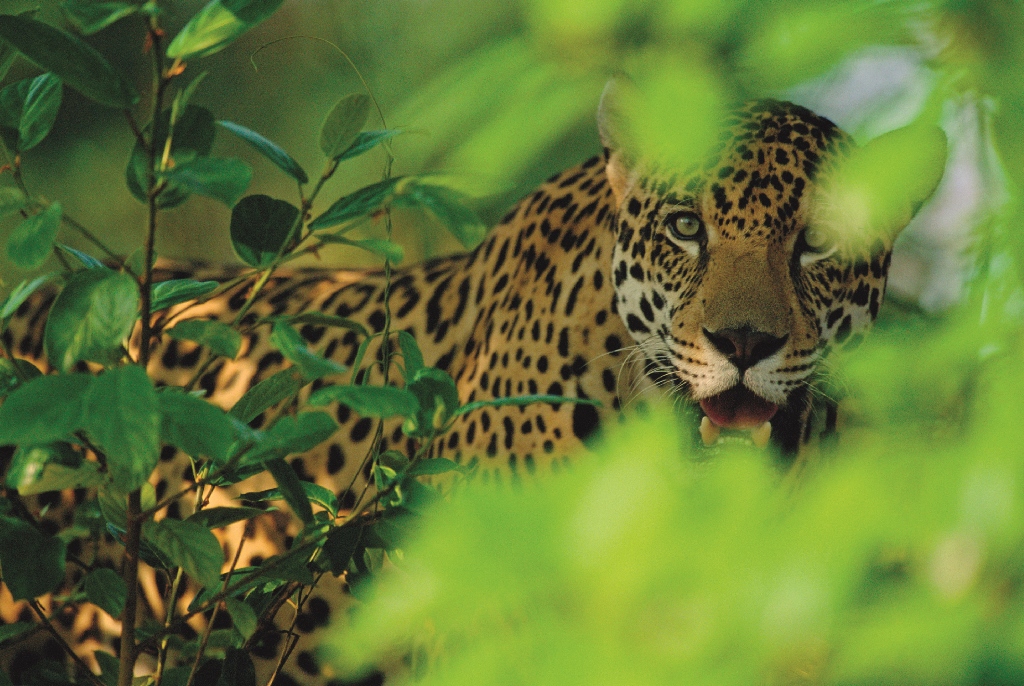
This is necessary because investments in conservation are more effective if developed in a preventive and anticipatory way to the agricultural and industrial occupation. High infrastructure investments often make it impossible to reallocate ventures in implementation or operation, even in the presence of significant environmental impacts. Economic ecological zoning, which would be an essential tool to assist in this planning, is unfortunately not yet available for much of the region. Are there, besides social and moral principles, economic factors that justify a large-scale Amazon conservation plan? To answer, we must consider the possible impacts of human action on Amazonian biodiversity, in the large classes of extractive use, genetic resources, and ecosystem services.
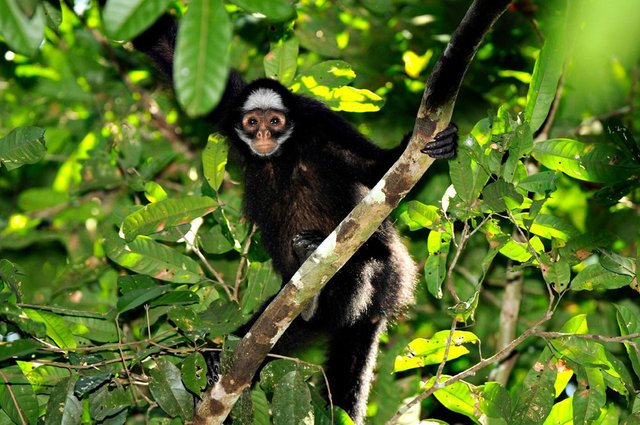
Extractive use is the traditional way of exploiting biological resources. It ranges from artisanal activities to hunting, fishing, fruit and seed collection, to industrialized activities such as wood processing, professional fishing, fur and leather exploitation, and others. Even today it represents the main form of interaction between human societies and the native ecosystems of the Amazon. Unfortunately, the loss of biodiversity is an inevitable consequence of increased demand for these products due to the low productivity of natural ecosystems compared to planted agricultural and forestry systems. While human populations are small, it is possible to maintain such use, but this will be increasingly difficult in the Amazon.

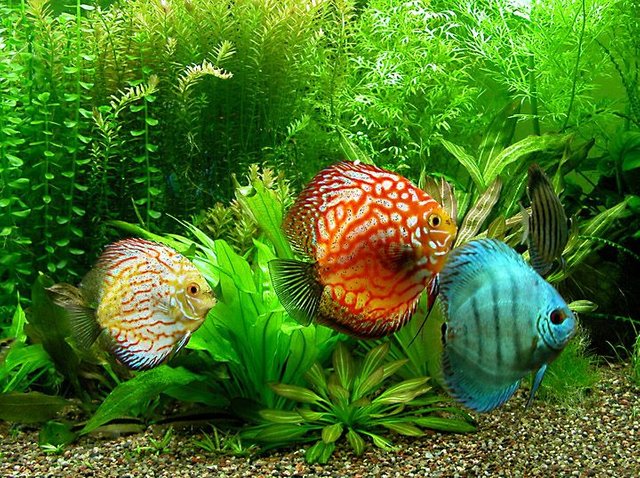
Most species of commercial, wood and fruit species may only be used in the region if they are subject to artificial propagation, planting and reintroduction, or other managements that gradually modify ecosystems and lead to greater species dominance to the detriment of others.
(
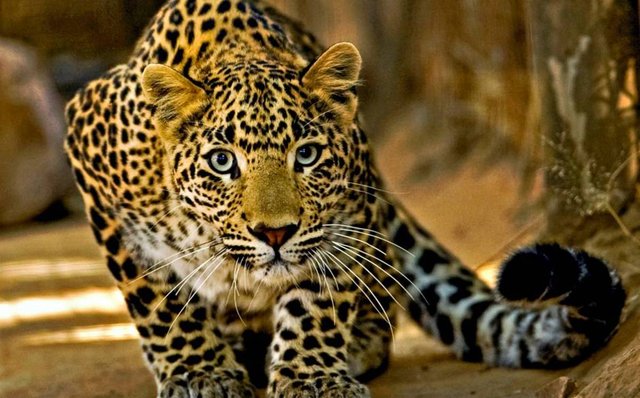
The conservation of biodiversity and the maintenance of the nature of the species that are the object of extractive use involves the establishment of areas of reserve and integral protection, possibly contiguous but physically different from the areas of extractive use. The use of genetic resources has a long history, although the form of use is being modified.
